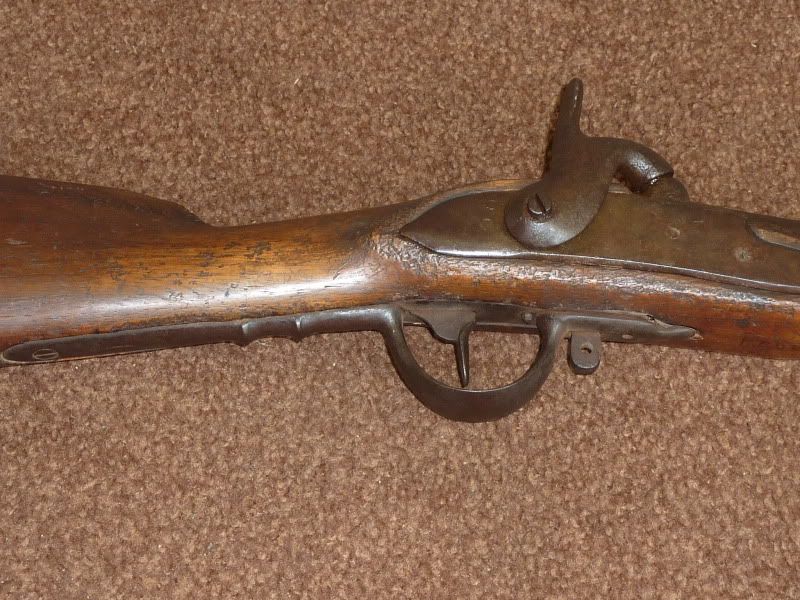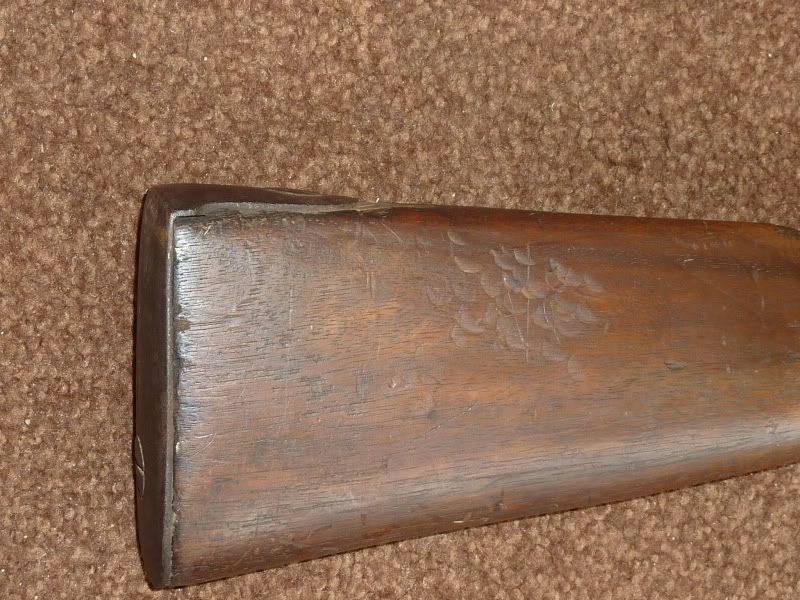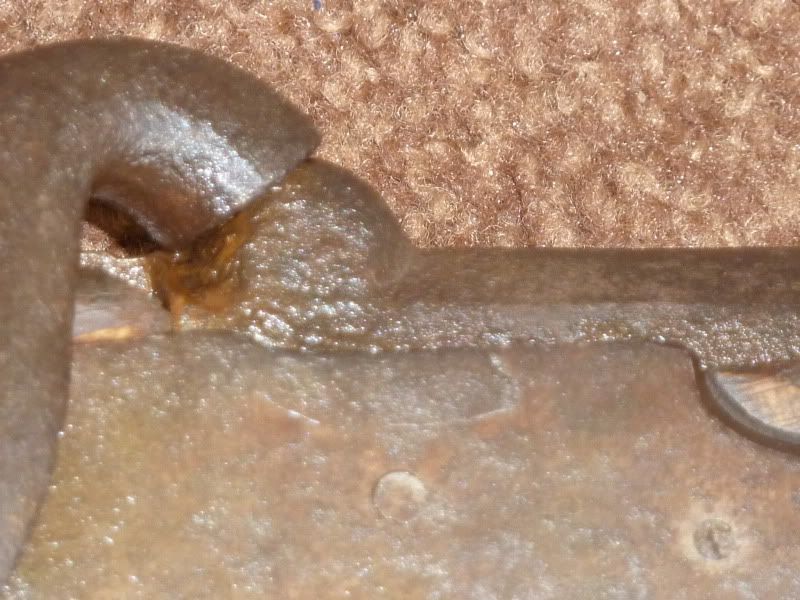hugsjensen
32 Cal.
- Joined
- Apr 16, 2010
- Messages
- 9
- Reaction score
- 2
I picked this up at an auction. It appears to have been converted to percussion. The front of the stock has been cut back. Barrel is 34" but may have been cut. No marks on the back of the lock and the barrel is marked with "30".
Any help would be appreciated.




Any help would be appreciated.









